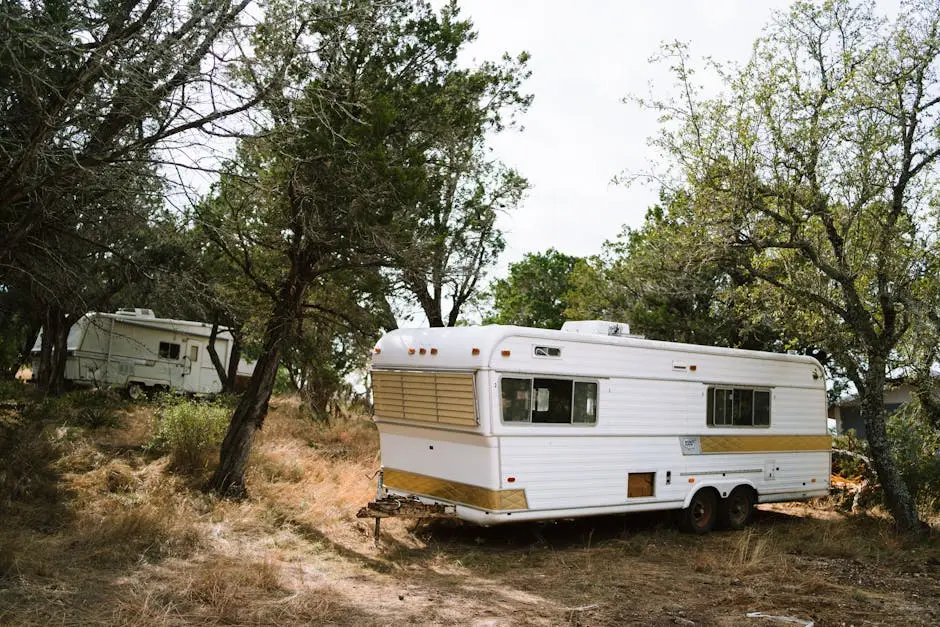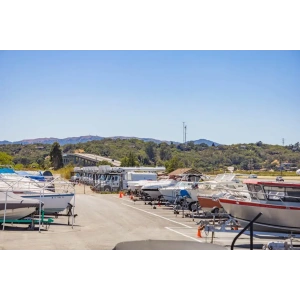Financing an RV can be a daunting process, especially if you’re eyeing the stunning landscapes of the Texas Gulf Coast. Whether you’re a first-time buyer or looking to upgrade, understanding the ins and outs of RV financing is essential. In this guide, we’ll break down key tips to help you navigate the financing process smoothly and make informed decisions.
1. Understand Your Budget Before You Start
Before diving into financing options, it’s crucial to understand your budget. Calculate how much you can afford for a down payment and monthly payments. Factor in additional costs such as insurance, maintenance, and storage.
Understanding your budget also means recognizing when to walk away from a deal that doesn’t meet your financial needs. You don’t want to find yourself deep in debt or stressed about monthly payments. Consider using budgeting tools or apps that can help you visualize where your money goes each month.
Finally, don’t forget to leave a little wiggle room for unexpected expenses that always seem to pop up, especially with RV ownership. Whether it’s an unforeseen repair or a spontaneous trip, having extra funds set aside can provide peace of mind as you hit the road.
2. Research Different Financing Options
Explore various financing options such as banks, credit unions, and RV dealerships. Each may offer different interest rates and terms, so take the time to compare and find the best fit for you.
Consider talking to financial advisors who specialize in RV finances. They can guide you toward reputable lenders and help you sift through the numerous offers, ensuring you make a sound decision that aligns with your financial goals.
Additionally, be aware that online financing options have become increasingly popular and often provide competitive rates. However, take the time to read reviews and research the credibility of these companies before making a commitment.
3. Check Your Credit Score
Your credit score plays a significant role in determining your financing options and interest rates. Make sure to check your score beforehand and take steps to improve it if necessary.
Checking your credit score isn’t just about knowing where you stand—it’s an opportunity to correct any errors or fraudulent activities that could negatively impact your finances. Many credit reporting agencies allow you to access your score for free annually, so take advantage of this to stay informed.
If your score isn’t where you’d like it to be, consider devising a plan to improve it. Simple actions like paying off outstanding debts, reducing credit card balances, or even becoming an authorized user on a responsible friend’s account can boost your rating over time.
4. Consider the Length of the Loan
The length of the loan can affect your monthly payment and the overall interest you’ll pay. Shorter loans have higher payments but less interest, while longer loans offer lower payments but may accumulate more interest.
Think carefully about your financial situation when deciding on the loan length. While it might be tempting to stretch out payments to lower monthly costs, consider how that impacts your overall spending. A balanced approach is vital.
Ultimately, the right length will depend on your financial goals and how often you plan to use the RV. If you see it as a long-term investment rather than a casual purchase, a shorter loan may be worthwhile, despite the higher monthly payment.
5. Look for Special Financing Programs
Many lenders offer special financing deals for RV purchases, especially during certain times of the year. Keep an eye out for promotions or incentives that can save you money.
Special financing options often come with attractive interest rates or unique terms that can significantly benefit buyers. Look out for seasonal sales, manufacturer promotions, or local dealership offers that might be available. These can make a significant difference in the affordability of your RV purchase.
Make sure to ask lenders about any applicable programs for first-time buyers or veterans, as they sometimes offer advantages that standard loans do not. Take advantage of this information to secure the best possible deal tailored to your individual circumstances.
6. Negotiate Your Loan Terms
Don’t hesitate to negotiate the terms of your RV loan. Ask lenders about flexible options and potential rate reductions. You may be able to secure better terms than what is initially offered.
Negotiating might feel intimidating, but remember that loan terms are not set in stone. Be prepared with research and comparable offers as leverage to strengthen your position. Many financial institutions are willing to work with you, especially if they think you can walk away and find a better deal elsewhere.
In addition, be willing to walk away if the terms do not meet your needs. Sometimes, the best leverage you have in negotiations comes from the ability to say ‘no’ and move on to another lender who values your business.
7. Understand the Fine Print
Before signing any financing agreement, ensure you thoroughly read and understand the fine print. Pay attention to fees, prepayment penalties, and other clauses that may affect your financial commitment.
It’s essential to understand not just what you’re signing but also how it affects you in the long run. Some loans come with hidden fees or terms that could lead to financial strain later on, especially if you decide to pay off the loan early.
If something isn’t clear or seems off, don’t hesitate to ask for clarification. Building a solid understanding of the entire document will help you feel more confident about your financing decisions and protect your financial future.









